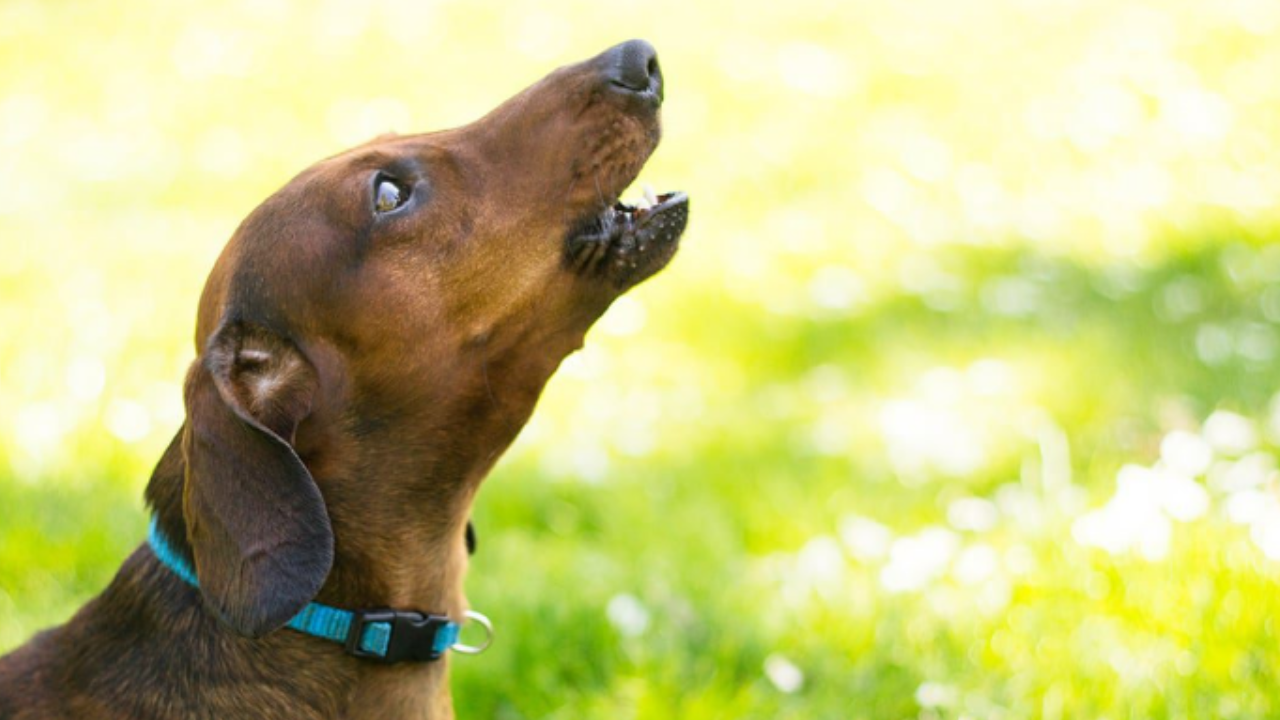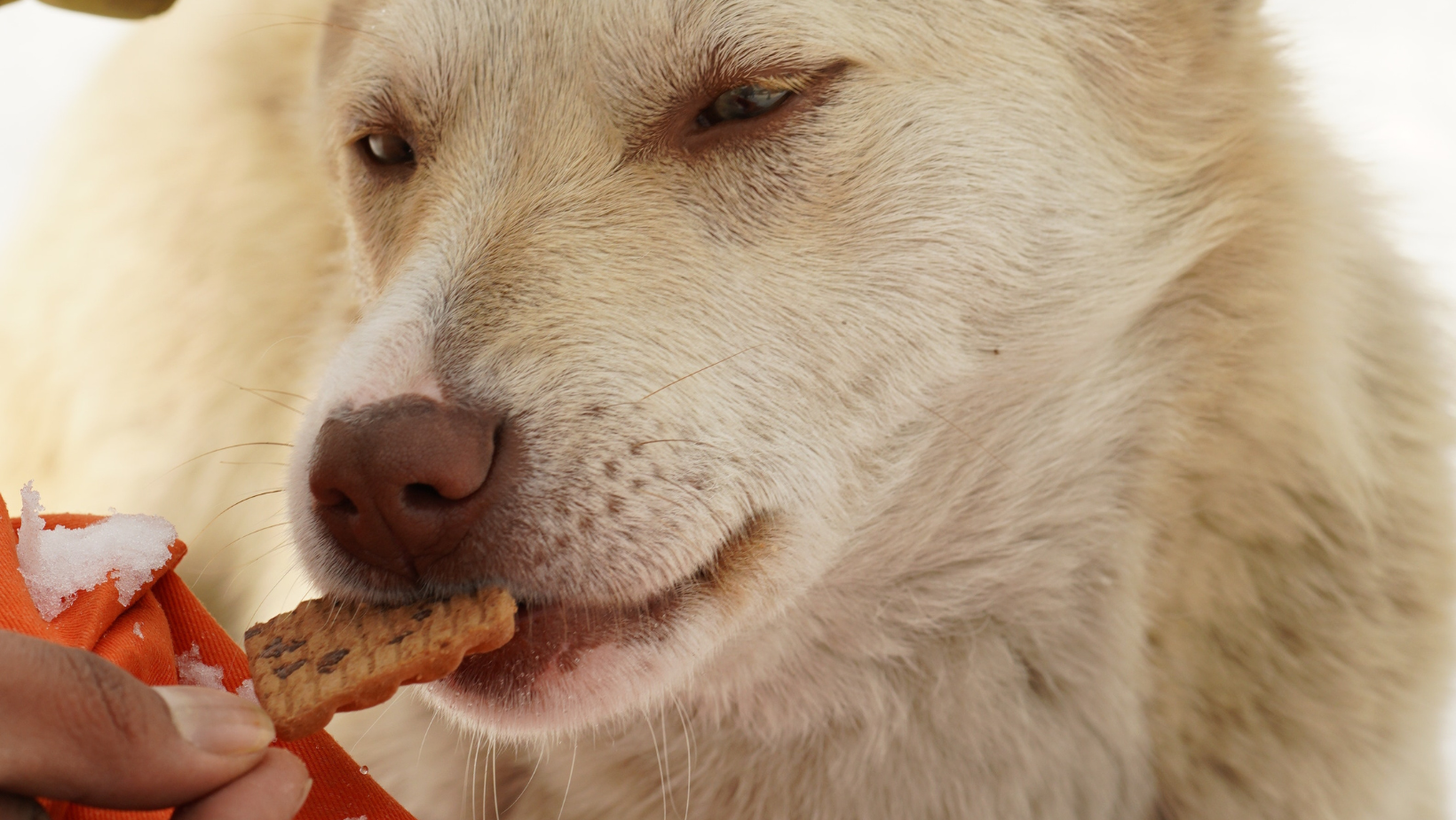5 Signs Your Pet Is Having an Allergic Reaction

We share an allergy to allergic responses with our dogs. Dogs and cats can experience anaphylaxis, a severe and sometimes fatal response that is frequently observed in people after exposure to items like shellfish, nuts, and insect stings(5 Signs Your Pet Is Having an Allergic Reaction).
Numerous allergens, such as those caused by insect bites or stings, medicines, immunizations, foods, and environmental factors can affect both people and dogs (like mold, pollen, grass, and house dust mites).
There are many different causes and symptoms of allergic responses. It is crucial for pet owners to be aware of the numerous allergic response signs so that quick medical assistance may be given.
Here are 5 Signs Your Pet Is Having an Allergic Reaction and how to manage them:
Itchiness
One of the most common symptoms of allergies in animals is itchiness.
Both localised and widespread itchiness are possible. Some of the common areas that are affected include the:
- Limbs
- Face
- Ears
- Armpits
- Hindquarters
Allergy-prone pets are frequently seen licking, biting, or scratching these areas, which can lead to irritated skin and hair loss.
With open sores and infection, dogs and cats with severe allergies may traumatise their skin.
To keep pets happy and avoid skin infections, it is crucial to seek veterinarian care as soon as they begin to itch.
Facial Swelling
For owners, seeing a pet with a bloated face is alarming and upsetting.
The muzzle, ears, and area surrounding the eyes can all develop puffiness. Pets with short hair coats have a more dramatic and obvious change in appearance.
A pet scratching or stroking its face will also notify owners of a problem since itchy areas that swell as a consequence of an allergic response are frequently on the face.
Fortunately, medical therapy quickly relieves this painful ailment in animals.
Hives (Urticaria)
Similar to face swelling, hives are easier to spot in pets with short fur.
Hives may not be visible to pet owners of animals with long or thick coats, so they must rely on their sense of touch to identify this condition.
Raised lumps appear all over the skin when hives are present. They could or might not be itchy as well.
Even though they are not life-threatening, hives need to be treated right away for the comfort of your pet.
Gastrointestinal Problems
Vomiting and diarrhoea can be brought on by any allergen, despite being most frequently linked to foods that cause allergies.
Grain-based meals are less likely to trigger allergies in pets than protein-based foods like beef and dairy products, and allergic pets may experience itching, vomiting, and/or diarrhoea.
Food allergies are difficult to diagnose and need a prescription diet that includes a new protein source (such as deer, rabbit, or duck) or hydrolyzed protein, which is less likely to inflame the digestive system.
Itchy pets that also have vomiting or diarrhoea should be tested for food allergies, according to the ASPCA. Some allergic pets just experience itching without experiencing any gastrointestinal issues.
The veterinarian for your pet can go over procedures and examinations for separating food allergies from inhalant allergies.
An anaphylactic response can also cause vomiting and diarrhoea. The immune system becomes engaged during anaphylaxis and releases several substances. These substances affect the stomach and intestinal tract, among other parts of the body, systemically.
Anaphylaxis/Shock
The most acute and severe allergic reaction is anaphylaxis. It may result in the body going into shock, which might lead to:
- Decreased blood pressure
- Difficulty breathing
- Collapse
- Loss of control of the urinary bladder and bowels
Vaccinations are one of the most frequent causes of anaphylaxis in dogs and cats. When giving vaccinations to pets, it’s important to keep an eye on them and make sure they are never left alone thereafter.
After immunisation, keep an eye on your pet for:
- Lethargy
- Weakness
- Pale gums
- Labored breathing
- Vomiting
In the event of anaphylaxis, symptoms appear quickly. Anaphylaxis can be deadly if it is not quickly treated. Any anaphylactic response in a pet should be noted in the animal’s medical file.
In the future, immunizations should be administered with safety measures such pre-administration of drugs that can reduce response severity and post-vaccination attentive monitoring.
Treatment of Allergic Reactions
The intensity of the symptoms affects how allergic responses are managed.
If an insect stung your pet, carefully remove the stinger if it is still attached, and then chill the area with ice or a cool compress. Some animals could only feel discomfort where they were bitten. Always keep an eye out for any signs of shock, hives, or facial swelling in your pet, and seek immediate veterinary care if anything goes wrong.
Immediate Treatment Is Required
Anaphylactic reactions in pets need to be treated right away. Treatments might consist of:
- Injectable steroids
- Epinephrine
- Intravenous fluids
- Antihistamines
For pets having trouble breathing, oxygen treatment and intubation to keep an airway open are frequently required.
It’s crucial to stay in the hospital and be closely monitored after a serious allergic response.
Medications
Antihistamines and steroids are two typical medications used to treat allergy symptoms. Benadryl and other over-the-counter antihistamines are frequently used by both people and animals to treat allergies, but you should never give your dog or cat any drugs without first contacting a veterinarian.
Avoidance
The best method to ensure the wellbeing of your pet is to keep them away from known allergies.
Sadly, there are times when prevention is not feasible. You should seek veterinarian attention as soon as you can if you think your pet is experiencing an allergic reaction.





